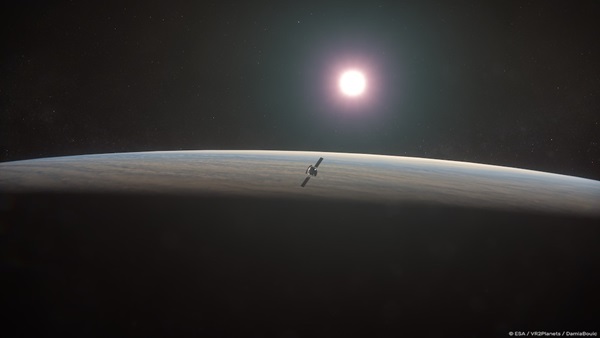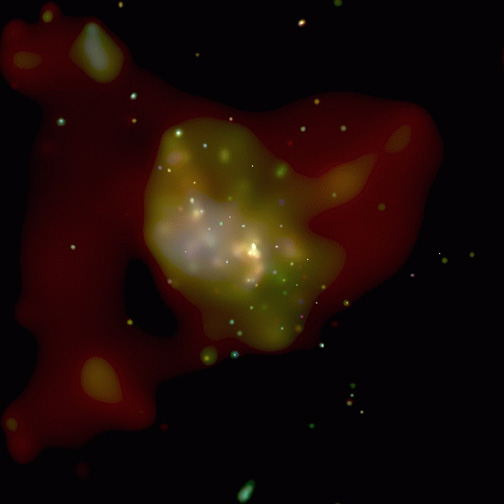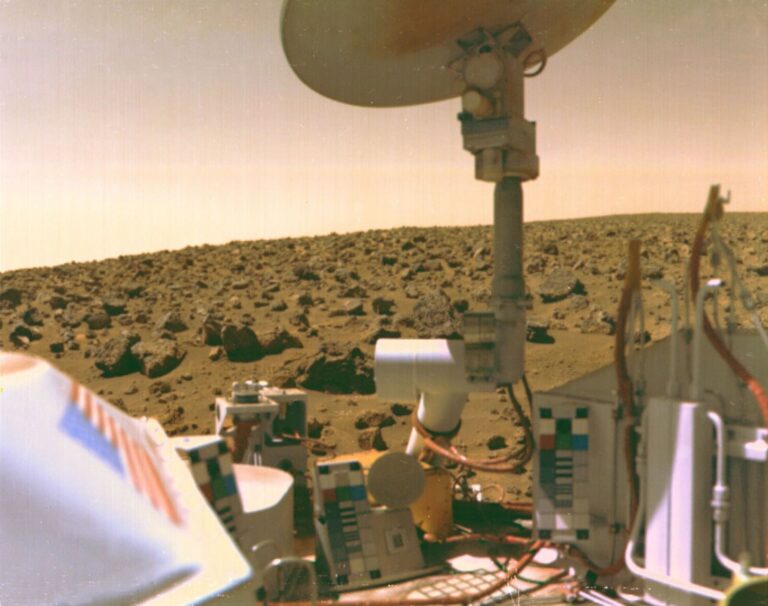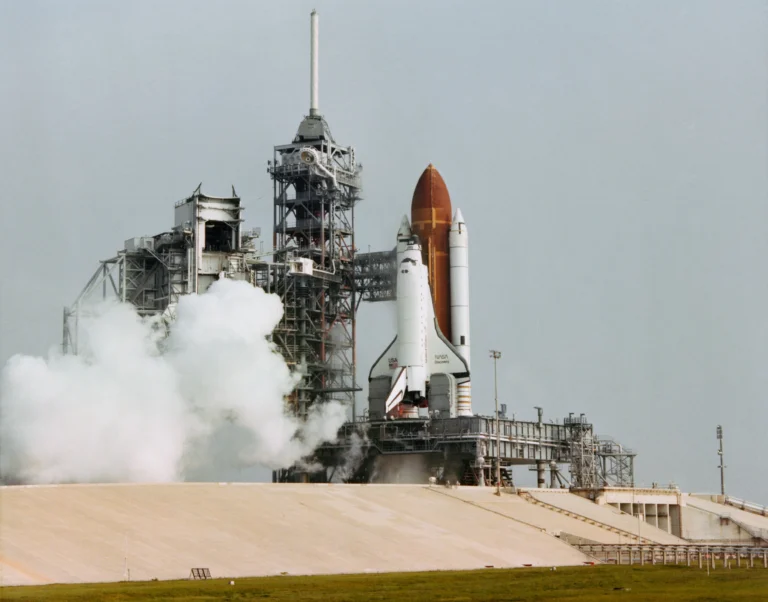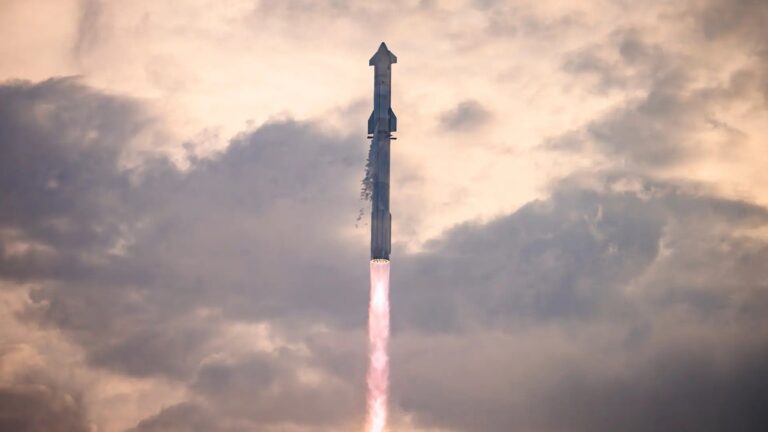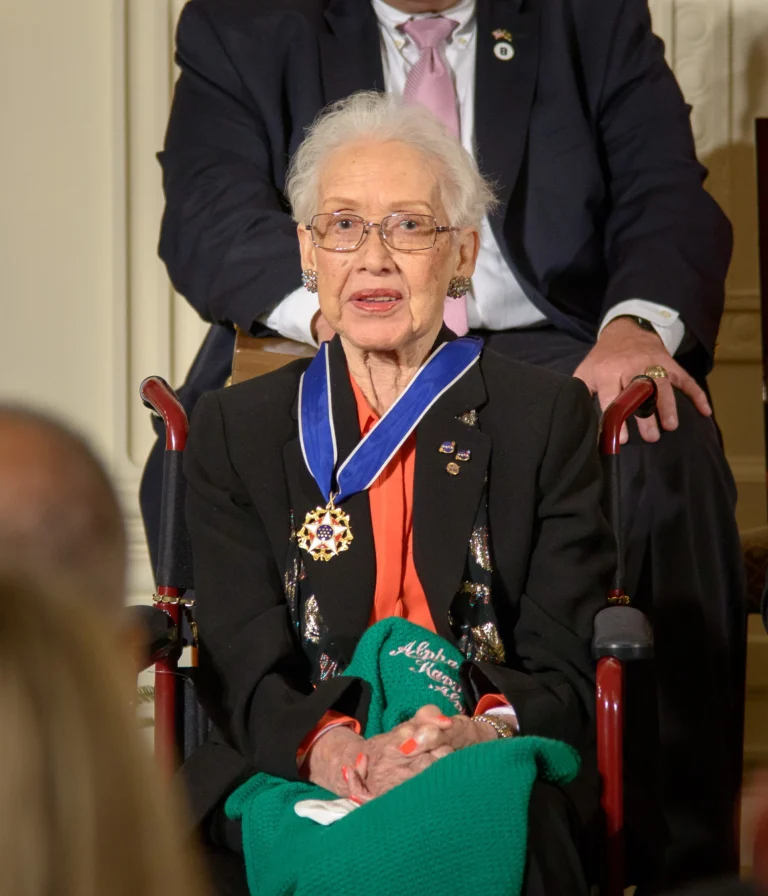Key Takeaways:
Venus may be Earth’s sister, but it certainly isn’t our twin. Where Earth is the perfect goldilocks planet, Venus’ evolution took it down a more toxic path. But scientists still don’t exactly know why our planetary neighbor experienced a dramatic climate shift in its past, despite both worlds being roughly the same size and composition.
From above, the European Space Agency (ESA) is hoping to get to the bottom of Venus’ mysterious past with the help of their planned orbiter: EnVision. Selected by ESA’s Science Programme Committee, EnVision is part of the agency’s Cosmic Vision plan, their current planning cycle for its space science missions.
EnVision will be equipped a suite of instruments ranging from a sounder to reveal underground layering, a NASA-provided radar to map Venus’ surface, a radio science experiment to probe the planet’s internal structure and gravity field, and spectrometers to study the oppressive Venusian atmosphere. The ESA currently plans to launch EnVision in the early 2030s.
Venusian trio
ESA’s orbiter won’t be the only new spacecraft exploring the planet. Two NASA missions — DAVINCI+ (Deep Atmosphere Venus Investigation of Noble gases, Chemistry, and Imaging) and VERITAS (Venus Emissivity, Radio Science, InSAR, Topography, and Spectroscopy) — are also headed for Venus around the same time.
“EnVision leverages strengths in instrument development by both our agencies,” said Thomas Zurbuchen, NASA’s associate administrator for science, in a press release. “Combined with NASA’s Discovery missions to Venus, the science community will have a powerful and synergistic set of new data to understand how Venus formed and how the surface and atmosphere changed over time.”
Before EnVision comes close to Venus, however, there are a few more steps. Now that it has been selected, EnVision moves on to the more detailed “Definition Phase,” during which the design of both the satellite and its future instruments is finalized. Then it’s down to an industrial contractor to build and test EnVision before a final launch date is set. After launch, it’s just a measly 15-month trip to our sister planet.
“A new era in the exploration of our closest, yet wildly different, solar system neighbor awaits us,” said Günther Hasinger, ESA Director of Science.

